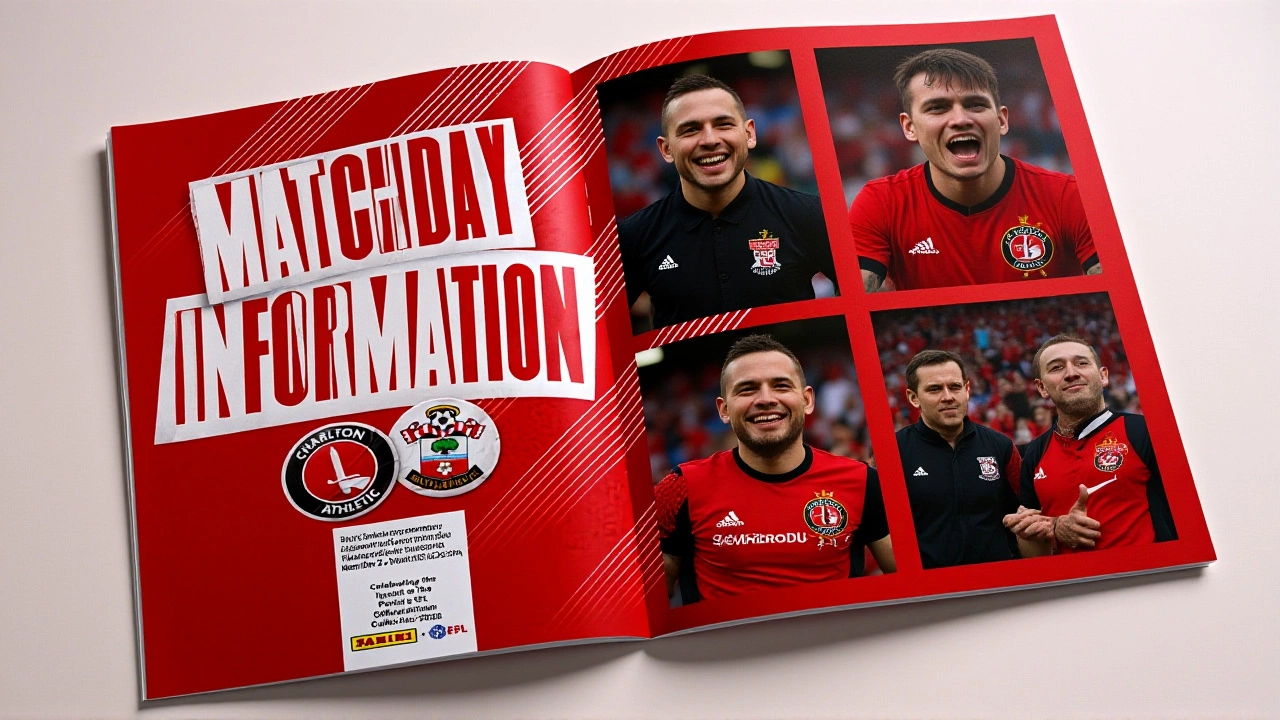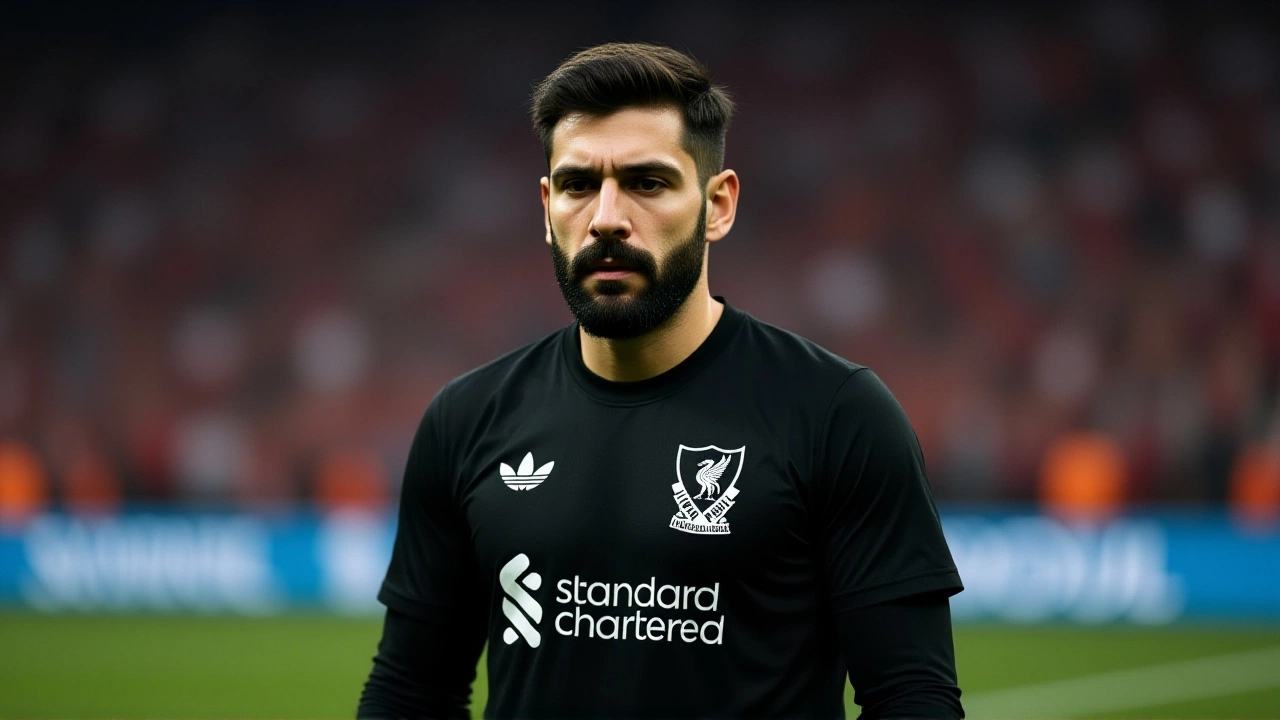Southampton FC crushed Charlton Athletic 5-1 at The Valley as injuries crippled the home side, while Saints' leadership changes and momentum signal a revival in the Sky Bet Championship.
Injury Crisis in Football – How Teams Handle Player Setbacks
When talking about a injury crisis, a prolonged period when multiple key players are sidelined due to injury. Also known as squad injury wave, it forces clubs to rethink tactics, squad rotation and even transfer strategy. The core of any crisis is the rise in player injuries, which are often traced back to overloaded training, insufficient recovery or sheer bad luck. Effective medical protocols become the lifeline that determines whether a team can stay competitive or stalls in the league.
The ripple effect on team performance is immediate. Look at Manchester City’s title run – even with Haaland’s scoring binge, a spate of knocks to the midfield could have tipped the balance. Similarly, Germany’s Euro 2024 preparations were shadowed by a few fitness scares, prompting coaches to fine‑tune their line‑ups before the Hungary clash. When clubs like Manchester United lose a forward such as Anthony Martial, the loss isn’t just a goal tally dip; it reshapes the whole attacking blueprint.
Key Factors Behind an Injury Crisis
First, the recovery process matters more than the initial treatment. Modern sports science stresses individualized rehab, nutrition plans and monitored return‑to‑play schedules. Teams that rush players back often see a second injury, feeding the crisis loop. Second, squad depth determines resilience. A club with quality backups can rotate and keep fresh legs on the pitch, while a thin bench forces overuse of the same starters. Third, the training load must be calibrated; high‑intensity sessions without adequate rest spike muscle strain, especially in congested calendar periods like the post‑Euro qualifiers.
Real‑world examples illustrate these dynamics. The MLS debate in Europe shows how different leagues manage workload – some prioritize week‑by‑week recovery, others push for continuous competition. In the Premier League, West Ham’s title‑clinching match highlighted how a deep squad mitigated fatigue, letting them stay sharp despite a packed fixture list. Conversely, when a club’s medical staff fails to adapt protocols for a player’s specific condition, the injury can linger, as seen in several high‑profile cases across the Euro and Champions League.
Another layer is the psychological impact. Players returning from a long lay‑off often need confidence rebuilding; coaches use low‑pressure minutes to ease them back. When the morale dips, the whole dressing room feels the strain, which can translate into hesitant play and lower chances created. Clubs that invest in sports psychologists alongside physiotherapists tend to recover faster, breaking the crisis cycle.
Finally, external factors like climate and travel add stress. Heat waves during summer tournaments raise dehydration risks, while long‑haul flights increase muscle stiffness. Modern clubs now employ data analysts to flag these risks before they become injuries. By integrating weather forecasts, travel itineraries and player biometrics, they create a proactive injury‑avoidance model.
All these pieces – medical protocols, recovery processes, squad depth, training load and psychological support – intersect to define whether an injury crisis becomes a season‑ending nightmare or a manageable bump. In the articles that follow, you’ll see how different clubs navigated these challenges, what lessons emerged from Euro 2024, and how strategic signings can buffer a squad against future waves of setbacks. Let’s jump into the stories and insights that bring this whole picture to life.
Chelsea Beat Liverpool 2-1 Amid Injury Crisis at Stamford Bridge
Chelsea survived an 11-player injury drain to beat Liverpool 2-1 at Stamford Bridge, with teen Willian Estevao scoring the winner as both clubs grapple with squad depth concerns.


